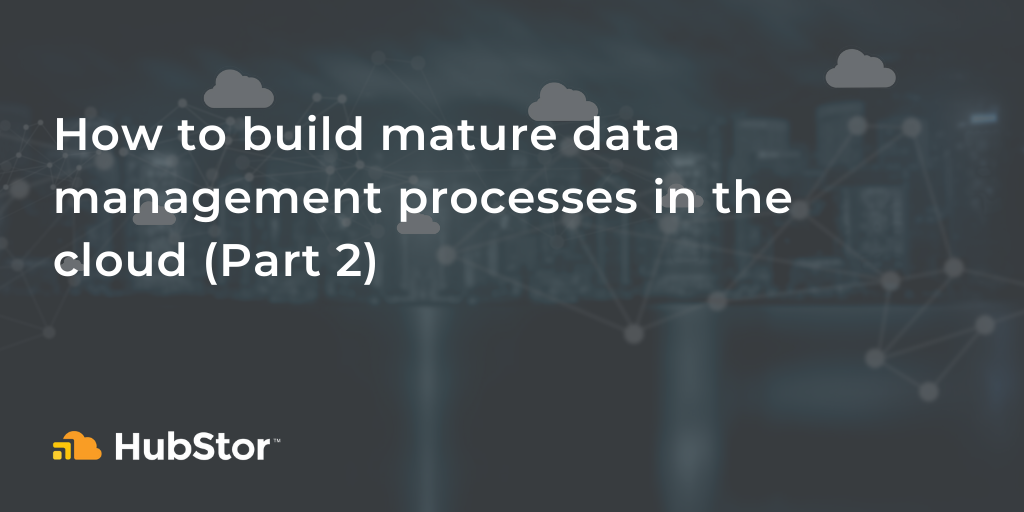Cloud data management is more than just moving data to the cloud. It’s the merger of backup, archive, disaster recovery, compliance, data governance, and data security on a framework that provides scalable data lakes for disparate types of content.
It provides a highly available storage service that integrates search, tiering, recovery, access control, immutability, chargeback, case management, data classification, security monitoring, and file analytics into the storage layer.
Where do you start?
There’s a lengthy list of workloads some organizations aren’t always ready to jump into right away. So, moving forward with a plan based on what’s most important is the ideal first step in building mature data management practices for your organization.
- Protect – Ensuring your data is protected ensures the information you need is preserved and available for when you need it. This step allows you to start addressing relevant compliance regulations and safeguard against ransomware and other malware threats that disrupt productivity.
- Understand – Data management in the cloud era should give you a full understanding of the data you have, who owns it, and who has access. This insight is critical to being able to analyze your data and identify potential risks to the business as you pinpoint opportunities to improve how data is handled.
- Manage – Once you know more about the data you have, it’s easier to make decisions about how to manage it most effectively. Insights about the data, combined with the needs of your organization, make it easier to set policies that meet compliance requirements, address legal claims, and account for day-to-day productivity demands.
- Modernize – On-premise data centers put a drain on IT budgets and human resources, diverting effort from more strategic ways IT can have an impact on the business. Moving to cloud-based infrastructure gives IT greater control and agility to manage corporate data. It also eliminates the overhead, downtime, procurement and maintenance of onsite hardware and software.
- Optimize – As your data management practices mature, so does your ability to identify opportunities to reduce risk, fine-tune storage practices, and cost-optimize your consumption. Cloud data management solutions should make it easier for IT to automate, analyze and orchestrate storage use to meet changing needs.
Evolving your data management practices from protection to optimization over time will establish a strong security posture for your organization’s data and mitigate many of the challenges that drain IT resources.


